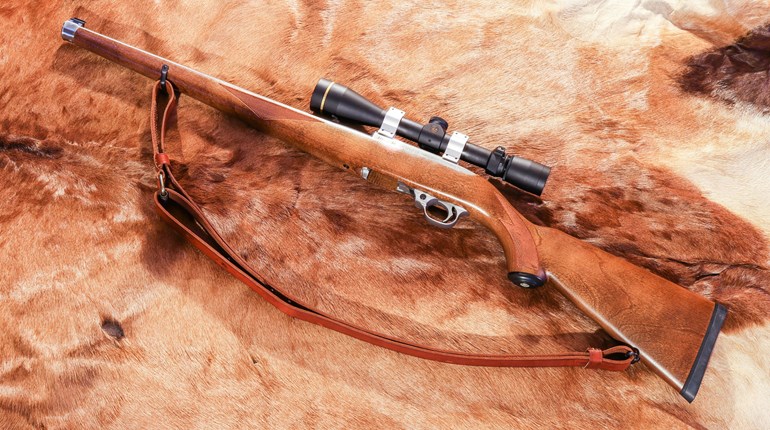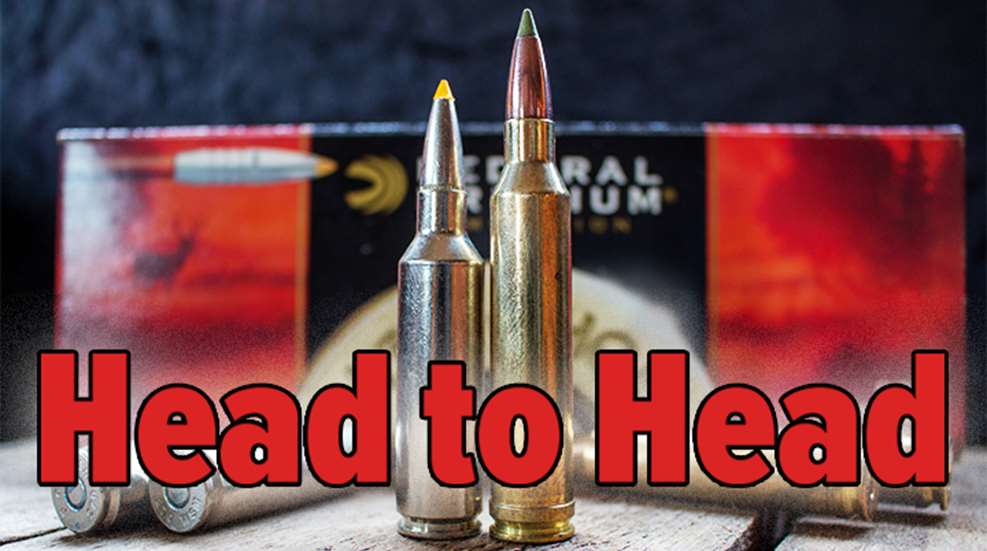
Here are a couple of magnum cartridges in two very popular bore diameters, each of which have a devoted group of followers. In fact, these two are the most popular magnum cartridges among the .270 and 7mm cartridges, and with good reason; both offer sensible ballistics which can be managed by most shooters without being overly hard on your barrel. For those who prefer to stay under .30-caliber yet be able to cleanly take the majority of big-game species, this pair covers a lot of ground. Let’s take a closer look at each and compare and contrast their attributes.
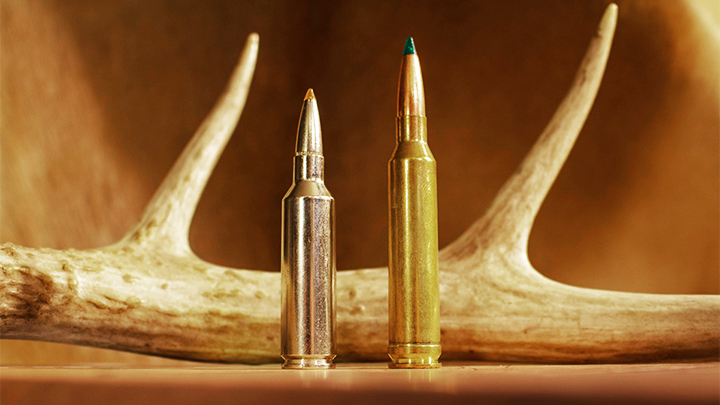
The 7mm Remington Magnum came first, released in 1962, and can be thought of as a part of the series of belted magnums based on the .375 H&H case, shortened to fit in a .30-06-length action released in the 1950s and 60s. However, there was a very similar and much earlier version, released in 1912, the same year as the classic .375 H&H: Holland & Holland’s .275 H&H Magnum. Though it called for a projectile of .288-inch diameter, the .275 H&H looks an awful lot like the 7mm Remington Magnum, which would come around a half-century later, though the former has a greater body taper. Nonetheless, the world would become intimately familiar with the Remington design, and the .275 H&H would be lost to the annals of cartridge history.
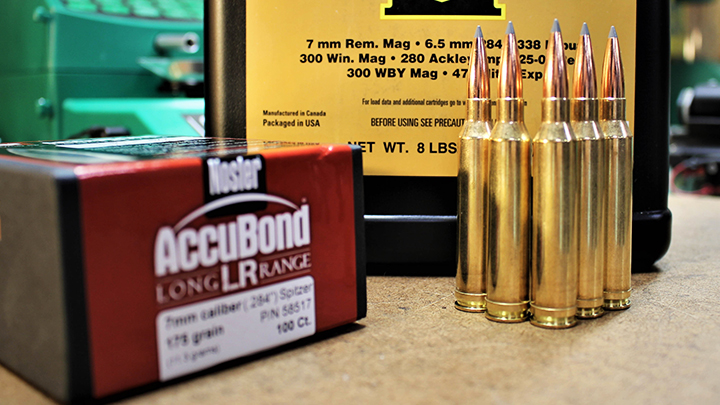
Remington’s 7mm Magnum shares the same case length—2.500 inches—as the Winchester trio of the .264, .338 and .458 Winchester Magnums released just a few years earlier. The 7mm Remington uses the H&H belt for headspacing, though reloaders can adjust the case length to get it to rest on the 25-degree shoulder, and neck is long enough (0.271 inches) to give good tension. Being derived from the H&H case, there is plenty of case capacity, and the 7mm Remington Magnum will send the heavy 175-grain bullets at a muzzle velocity of 2800 fps or so, depending on the manufacturer, and the speed only increases as the bullets get lighter.
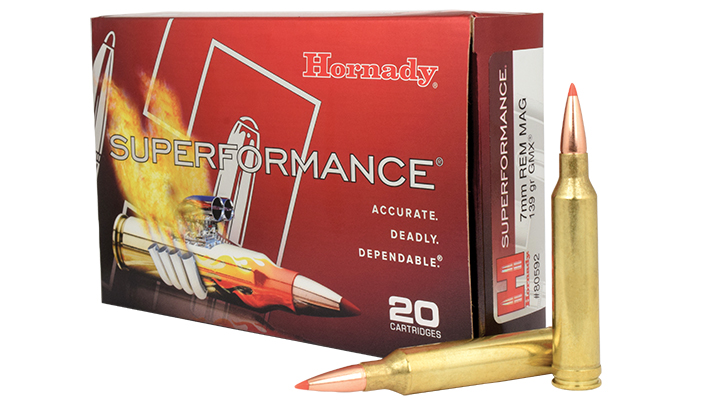
The 160s leave the muzzle at 2950 fps, the 150s at 3100 fps and the 140s are cruising at 3150 fps. The trajectory is equally impressive; with a 200-yard zero, the hunter can expect to see six inches of drop at 300 yards and 19 inches of drop at 400. That velocity does come at a price, and recoil can be an issue in a less-than-perfectly-stocked rifle, but most shooters can manage the 7mm Mag.’s recoil. Popular bullet choices range from the 120-grain bullets up to the 175-grain heavyweights, with the 140-, 150- and 160-grain choices being the most common.
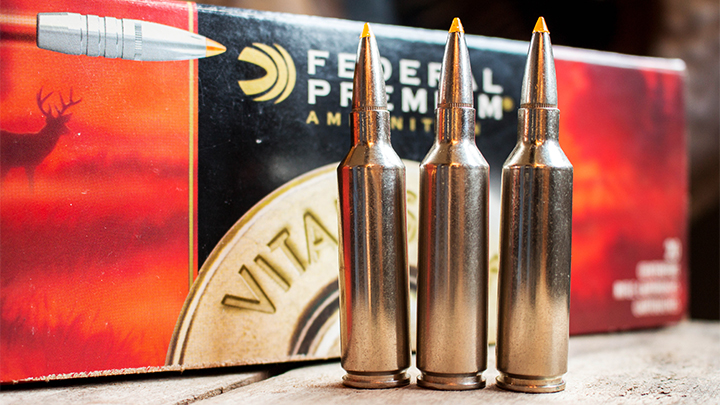
The Winchester Short Magnum series debuted in 2001 with the .300 Winchester Short Magnum, but just a year later Winchester announced the arrival of the .270 WSM. Loosely based on a shortened .404 Jeffery case with the rim rebated to the .535-inch case head of the H&H family (presumably for ease of rifle manufacture) the .270 WSM was the third commercial cartridge using the .277-inch bore diameter. The rimless case uses a 35-degree shoulder for headspacing, and minimal body taper to maximize case capacity. With a 2.100-inch case length and a cartridge overall length of 2.860 inches, the .270 WSM is perfectly suited to a short-action, giving the shooter a lightweight rifle with a rigid action.
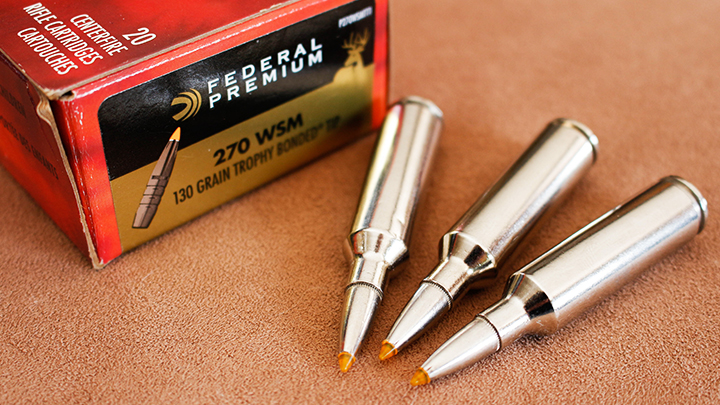
The .270 WSM betters the velocity of the .270 Winchester by 200 to 250 fps; that is a considerable increase in speed over an already speedy cartridge. The 130-grain bullets leave the barrel at 3300 fps, and the 150-grain slugs are moving at just about 3150 fps; the trajectory is similar to the 7mm Rem. Mag. and other magnums, in that a 200-yard zero will require six inches of elevation to hit the 300-yard bullseye, and 17 inches to hit at 400 yards. The recoil of the .270 WSM is about on par with other medium-bore magnums; in an ill-fitting rifle it can be snotty, but in a proper rifle it isn’t terrible. While the 130-, 140- and 150-grain bullets are the most popular, the bullet weight range extends from 100 grains up to the 160-grain semi-spitzers.
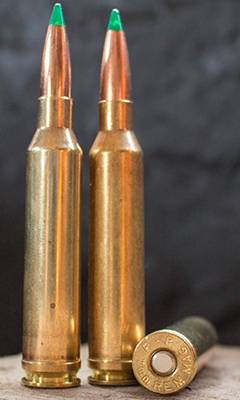
So which of these makes the better choice for the hunter? I have long felt that the .270s have been handicapped by their twist rate (1:10”) and therefore the choice of bullet weights. Topping out at 150 grains—while the 7mms can go all the way to 175 grains—has long limited the flexibility of the bore diameter. Winchester certainly bettered the velocity of its 1925 release, but the bullet weights remained the same. Comparing these two, the velocities of equal bullet weights up to 150 grains are so close as to be a non-issue. In spite of the longer action, heavier rifle and larger cartridge, I have to give the nod to the 7mm Remington Magnum, as the cartridge’s popularity has resulted in a wider selection of factory loads (and we’re seeing just how important that factor can be), and the bullet weight range of the 7mms give the hunter more flexibility when using one rifle for the majority of his or her hunting adventures.
Simply put, a 175-grain 7mm handles the larger species better than a 150-grain .277-inch-diameter will, and both are equally effective on lighter game. Holland & Holland’s engineers saw the wisdom of the 7mm Remington Magnum concept back in 1912, and it remains a sound one to this day.
Looking for previous installments of our "Head to Head" series? We've got you covered.
• .22-250 Remington vs. .204 Ruger
• .25-06 Remington vs. 6.5 Creedmoor
• .444 Marlin vs. .45-70 Government
• 7x57mm Mauser vs. .280 Remington
• .300 Win. Mag. vs. .300 Wby. Mag.
• .375 Ruger vs. .375 H&H Magnum
• 7mm-08 Remington vs. .280 Remington
• .280 Remington vs. .280 Ackley Improved
• 7mm vs. .30 Caliber
• 6.5 Weatherby RPM vs. 6.5 PRC
• .338 Win. Mag. vs. .340 Wby. Mag.
• .300 RSAUM vs. .300 WSM
• .500 Jeffrey vs. .505 Gibbs
• 7mm RUM vs. .300 RUM
• .308 Winchester vs. 7mm-08 Remington
• 6.5 Creedmoor vs. .260 Remington
• .303 British vs. 8x57 Mauser
• .30-06 Springfield vs. All Other .30s
• .17 HMR vs. .17 WSM
• .450 Nitro Express vs. .470 Nitro Express
• 350 Legend vs. .35 Remington
• .280 Ackley Improved vs. 7mm Rem. Mag.
• .404 Jeffery vs. .416 Rigby
• .243 Winchester vs. 6mm Creedmoor
• .300 PRC vs. .300 Win. Mag.
• .30-06 Springfield vs. .270 Winchester
• 6.5 Creedmoor vs. 7mm-08 Remington
• 8x57 Mauser vs. .318 Westley Richards
• .358 Winchester vs. .350 Remington Magnum
• .22-250 Remington vs. .220 Swift
• .270 Winchester vs. .270 WSM
• .26 Nosler vs. 6.5-300 Weatherby Magnum
• .458 Win. Mag. vs. .458 Lott
• 7mm Rem. Mag. vs. .300 Win. Mag.
• .243 Winchester vs. 6mm Remington
• 7x57mm Mauser vs. 7mm-08 Remington
• .25-06 Remington vs. .257 Weatherby Magnum
• .338 Winchester vs. .375 H&H Magnum
• .30-30 Winchester vs. .35 Remington
• .257 Roberts vs. .250-3000 Savage
• .270 Winchester vs. .280 Remington
• .35 Whelen vs. 9.3x62mm Mauser
• .416 Rigby vs. .416 Remington Magnum
• .308 Winchester vs. .30-06 Springfield
• .22 Nosler vs. .224 Valkyrie
• .300 Win. Mag. vs. .300 WSM
• .223 Remington vs. .22-250 Remington














